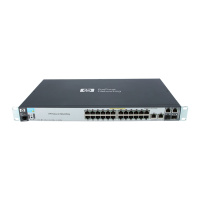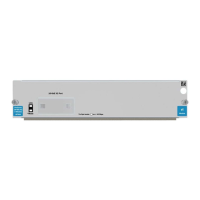SQL/MP System Procedures
HP NonStop SQL/MP Programming Manual for C—429847-008
5-21
SQLSADISPLAY
C compiler automatically declares the SQLCA structure if you specify the
INCLUDE SQLCA directive. If you omit the SQLCA name, the display does not
contain the procedure name and process name of the caller.
output_file_number
is the output file number. If you omit this value or set it to a negative value,
SQLSADISPLAY displays information at your home terminal. NonStop SQL/MP
ignores this parameter if detail_params specifies sequential I/O (SIO).
detail_params
determines whether the program uses sequential I/O (SIO) or Enscribe I/O to write
to the output file. The parameter detail_params points to a structure with this
layout:
struct detail_params_type
{
char sio;
short *out_fcb_1;
short *out_fcb_2;
} detail_params;
sio
specifies whether sequential I/O (SIO) is used:
outfcb1
specifies the first output file control block if SIO is enabled.
outfcb2
specifies the second output file control block if SIO is enabled. To use
outfcb2, assign it a value greater than 0.
If you omit detail_params, Enscribe I/O is the default.
Example of the SQLSADISPLAY Display
SQLSADISPLAY displays statistics in this format:
SQL statistics @ \system.$vol.subvol.file.#line process cpu,pin
Records Records Disc Message Message Lock
Table Name Accessed Used Reads Count Bytes WE
Y Use SIO; ignore output_file_number.
N Do not use SIO; write to output_file_number.

